APS Film
The Advanced Photo System (or APS) was introduced in 1996 as an alternative to or even as modern replacement for the 110 format.

Numbered symbols (called ‘visual indicators’) on the cartridge end indicate the status:

- Additionally, a tab on this end of the cartridge indicates that the cartridge has been processed.Full circle: Unexposed
- Half circle: Partly exposed
- Cross sign: Fully exposed but not processed
- Rectangle: Processed
Film Processing
Unique to APS, the developed APS film is stored in the original cartridge. Every roll of APS film has a six-digit ID code on the label, which is also stored magnetically and is visible on either end of the processed negative. This ID is usually printed on the back of every individual print. This ID was designed to be an additional convenience both for the photo processor (who can easily match each strip of processed film with its cartridge, and each cartridge to a particular customer’s order) and for the consumer, who can easily locate the correct cartridge if reprints are desired.
APS film is typically processed by using a small machine to transfer the exposed APS film from the original cartridge to a reloadable one, then re-attached to the original cartridge and rewound using another machine after processing.



 My Account
My Account

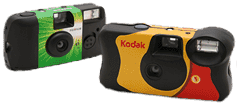
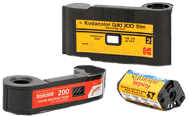
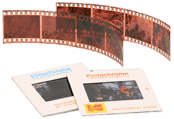



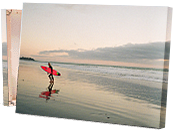

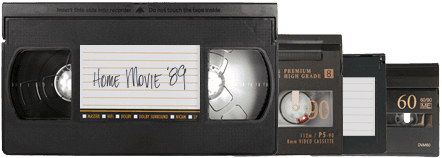
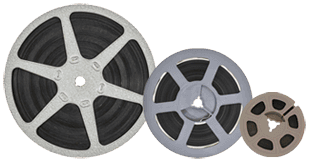
 Gift Cards
Gift Cards Film Index
Film Index FAQ
FAQ
